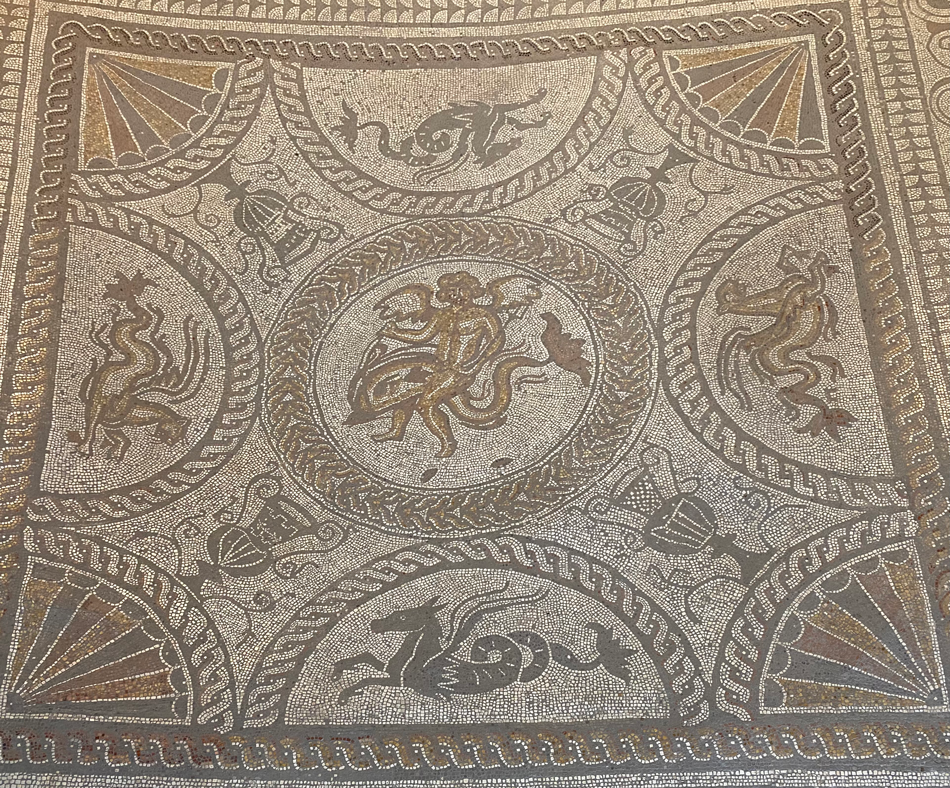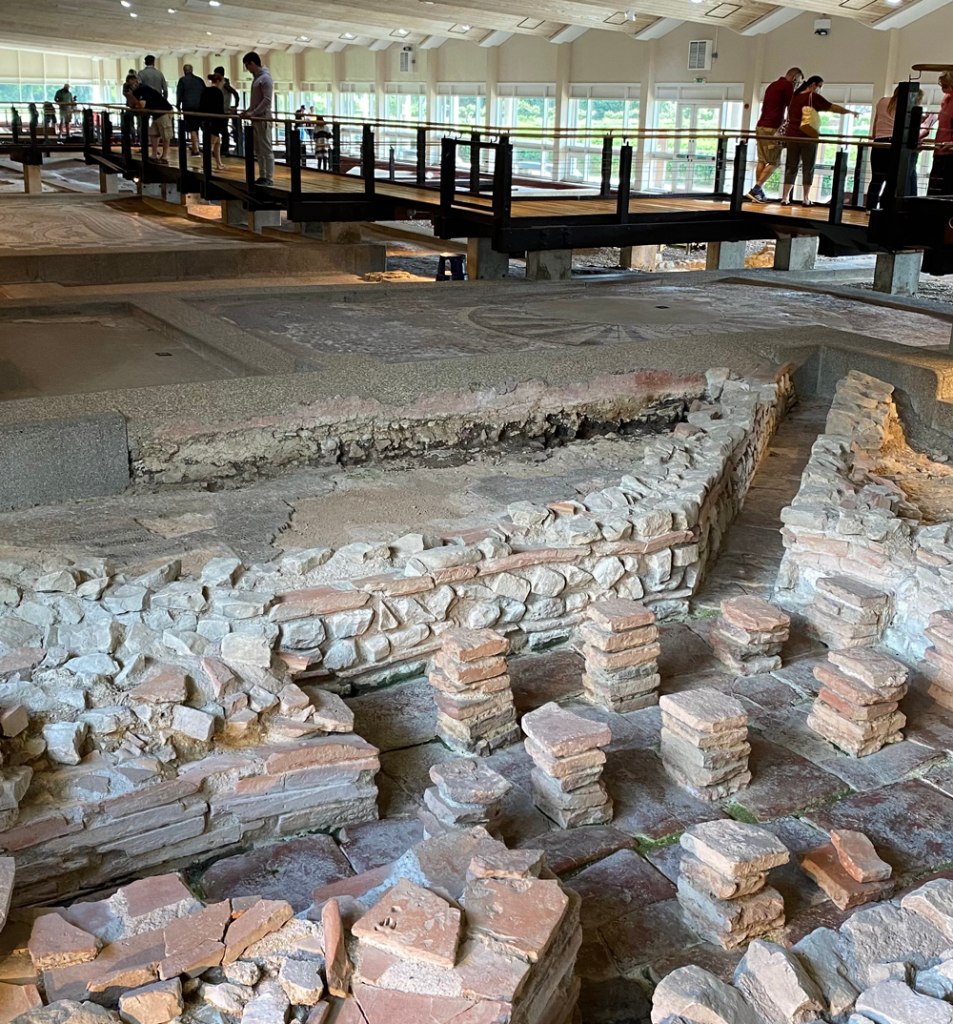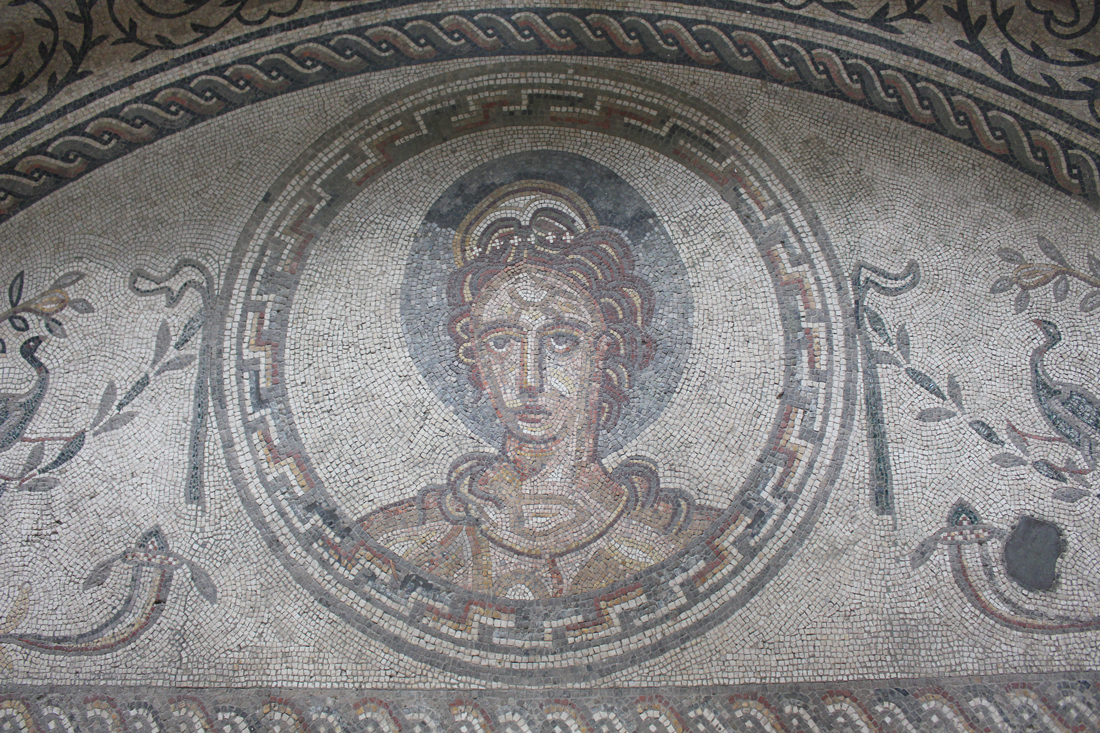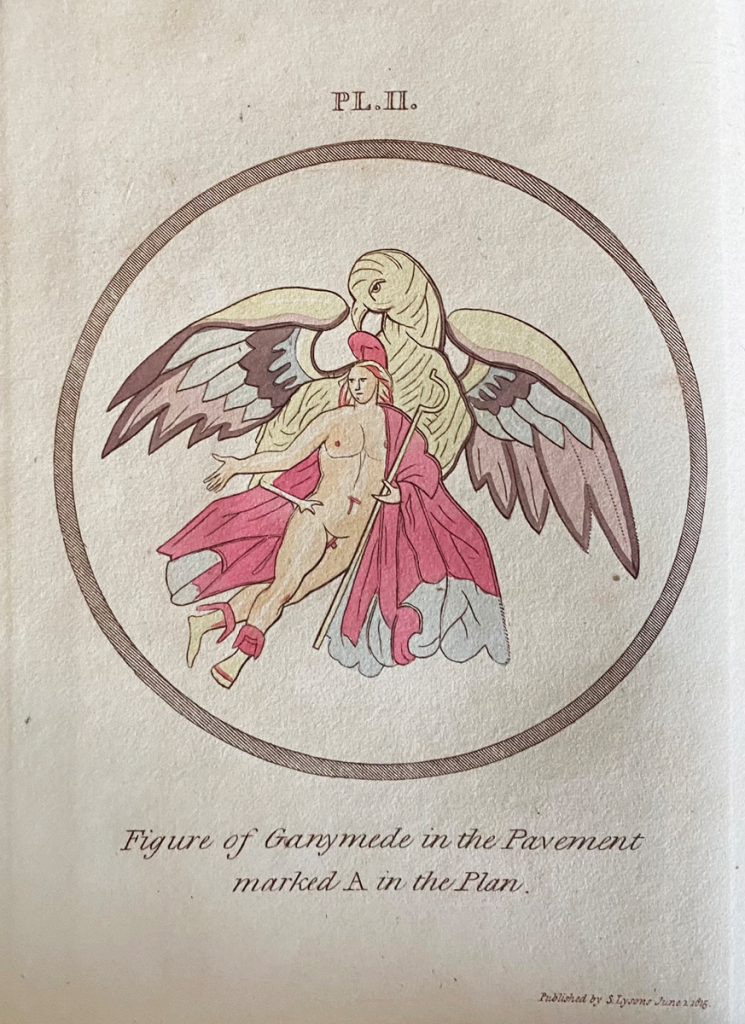
West Sussex is blessed to have two of the most important Roman Villas in the country and this week I am travelling from Bignor to the Villa at Fishbourne.
The Villa is curated and maintained by The Sussex Archaeological Society. Founded in 1846 it is the oldest society of its type in the country.
The Society seeks to research, curate and promote Sussex history and heritage. It opens its historic houses, buildings and gardens with their accredited museums to the public. Its libraries and archive collections provide important tools for historical research.
Fishbourne is often referred to as a palace and is the largest Roman residential building in the country. It dates from around 75 AD, just some thirty years after the Romans came to Britain, and was remodelled and extended during the 2nd and 3rd centuries AD.
A Roman pavement was discovered at Fishbourne in 1805 during the building of a house but it was not until 1960 that Aubrey Barrett, an engineer working for the Portsmouth Water Company, discovered the foundations of a stone building located north of the main road while digging a trench for a water main.
The rediscovery of this ancient structure caught the attention of the Sussex Archaeological Society and the first series of excavations were begun in 1961 directed by the archaeologist Barry Cunliffe and his team of volunteers.

The site was saved from development by the Sussex archaeologist, Ivan Margary, who purchased the land before entrusting it to the Sussex Archaeological Society with a substantial sum to pay for the construction of the impressive cover building you see today.
In the second century AD the palace was further redesigned. Amongst the changes the hypocaust (underfloor heating) was installed in to two small rooms, fed by warm air from stokeries.
In the principle room at the heart of the palace a new mosaic was laid. At its centre is a lively polychrome depiction of a winged Cupid sitting astride a dolphin. Cupid holds the reins in one hand and a trident in the other. The muscles in his torso, legs and arms are particularly well drawn. This subtlety is lacking in the black outline which unites this central motif with the surrounding semi-circular vignettes portraying marvellous sea-panthers and seahorses, each individually depicted. Guilloche bands unite the composition which is also decorated with polychrome fan motifs and contrasting black urns.
Each time I return to Fishbourne its scale and the quality of its mosaic floors excites me. And as you walk in the gardens you have a sense of your place in the procession of history, for a moment united with the Romans.
To find out more about the Sussex Archaeological Society, how to join, and to book your tickets for the Fishbourne Roman Palace visit www.sussexpast.co.uk.

